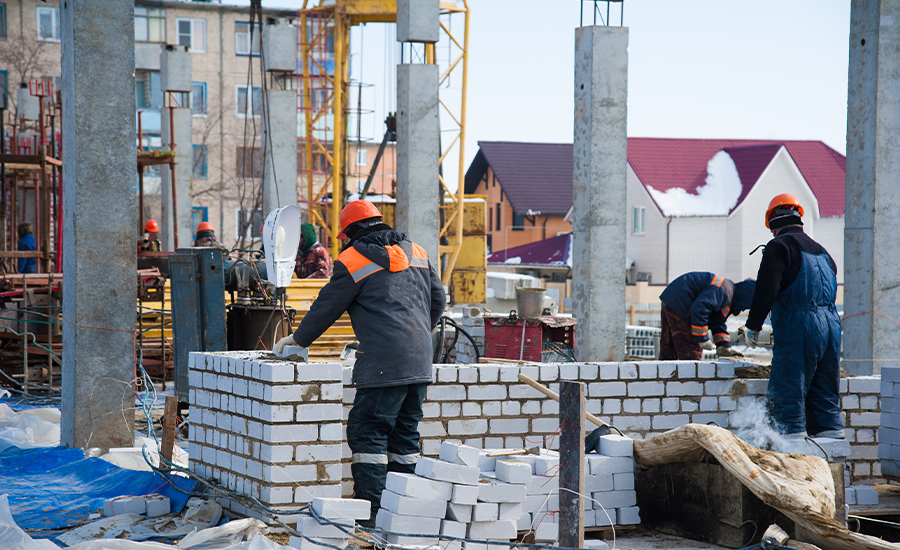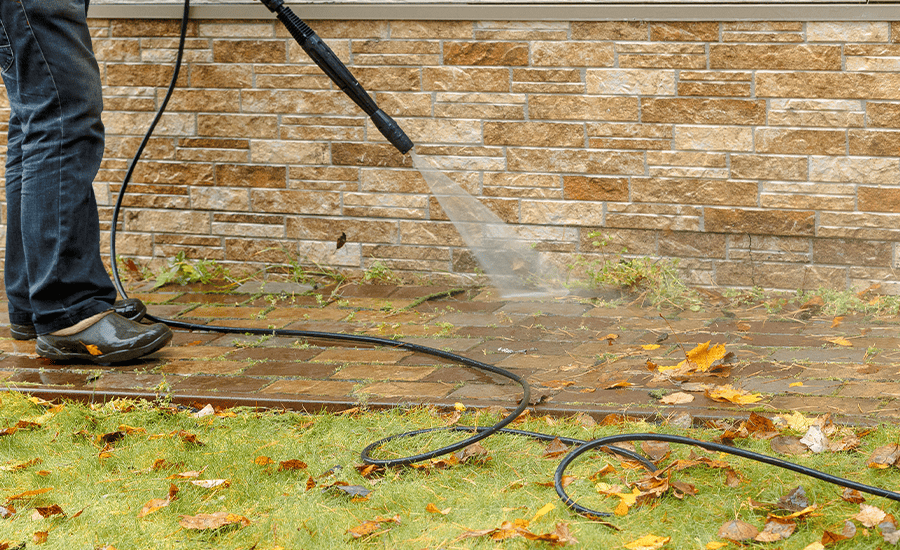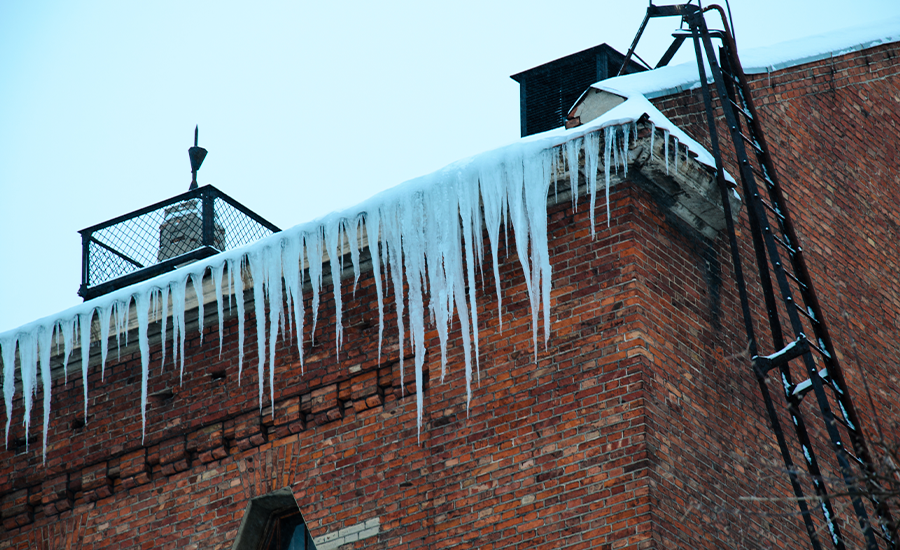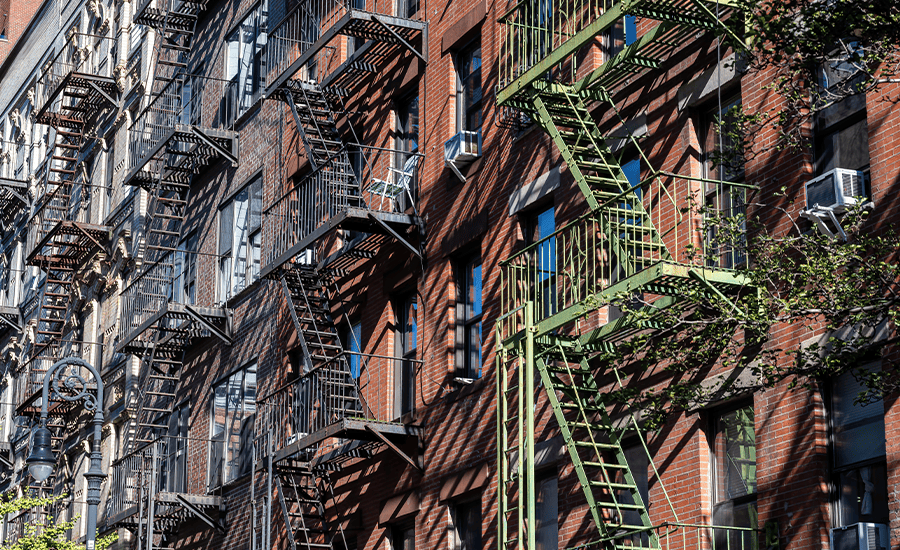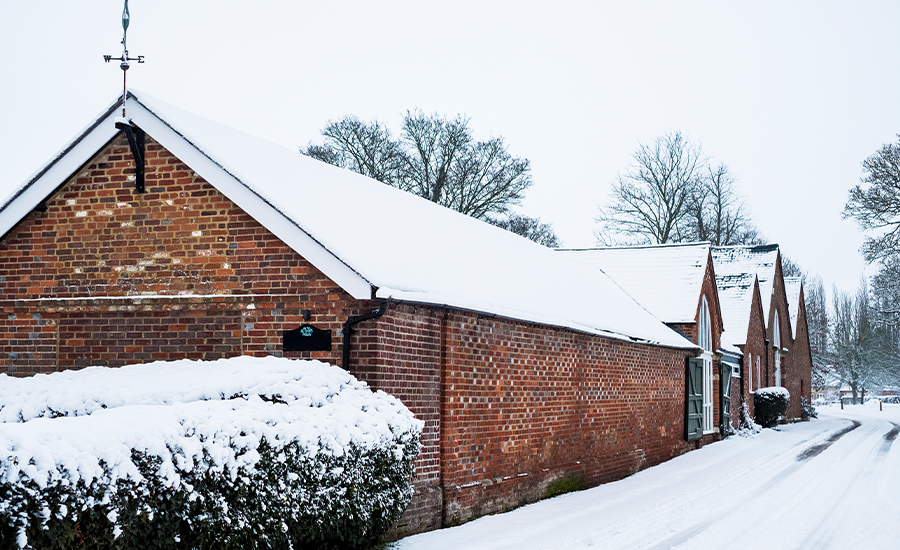When considering the maintenance of your brickwork, understanding the tuck pointing brick cost is essential. This service not only restores the beauty of your building but also safeguards its structural integrity. Getting a grasp on tuck pointing brick cost helps homeowners and property managers budget effectively and prevent future damages by addressing issues promptly.
What is Tuck Pointing?
Tuck pointing is a vital maintenance technique used to repair the mortar joints in brick masonry. This method involves removing old, deteriorating mortar from the joints between bricks and replacing it with fresh mortar. By doing this, you’re not only restoring the masonry to look like new but also sealing out moisture that can cause further deterioration. This is crucial for maintaining the structural stability of the brickwork and preventing potential damage from environmental elements.
The process can be quite meticulous and requires a steady hand and a keen eye for detail. Professionals use tools like tuck pointers, grinders, and special trowels to ensure that the new mortar matches the original in both color and composition. This attention to detail ensures that the repair blends seamlessly with the original structure, preserving the aesthetic integrity of the building.
Understanding the Costs of Tuck Pointing Brick
Tuck pointing, an essential maintenance for brick structures, involves refilling the mortar joints that have worn away over time. The cost for such services can fluctuate significantly based on various factors that every homeowner should be aware of. Let’s dive deeper into these variables to give you a clearer picture of what to expect when budgeting for tuck pointing.
Factors Influencing Tuck Pointing Costs
- Condition of Masonry: The starting point for any cost estimate is the current state of the masonry. If the mortar has deteriorated severely, the process involves more than just superficial repairs; it requires removing a significant amount of old mortar, which can be labor-intensive. The worse the condition, the higher the cost, as more time and material are needed to restore the integrity of the masonry.
- Area Size: It’s straightforward—the larger the area needing repair, the more materials and labor will be required. This linear increase in resource needs translates directly into higher overall costs. For example, a small garden wall might only need a few hundred dollars in repairs, while a full home or a large historic building could require thousands.
- Accessibility: Accessibility can play a major role in determining the cost. If the area requiring tuck pointing is high up or hard to reach, you might need scaffolding or other special equipment to access the site safely. These setups not only increase the time required to complete the job but also add rental costs for the equipment.
- Material Costs: While mortar itself might not be excessively expensive, the cost can vary depending on the type required to match the existing architecture, especially if you’re working with a historic building that needs a specific lime-based mortar. Additionally, prices for the same materials can vary regionally, affecting the overall cost.
- Labor Rates: Labor is typically the most significant cost in tuck pointing projects. Rates vary widely by geographic area, driven by local economic conditions, the cost of living, and the availability of skilled masons. In more affluent areas or places where skilled labor is scarce, expect to pay a premium.
Typical Price Range
On average, you might find that tuck pointing costs anywhere from $5 to $25 per square foot. This range considers all the varying factors mentioned. For a precise figure, it’s a good idea to get quotes from several contractors who can provide a detailed inspection and offer an accurate estimate based on your specific circumstances.
Project Estimation Tips
To help you estimate your project more accurately, consider the following steps:
- Get a Professional Inspection: Always start with a detailed inspection by a skilled mason who can assess the extent of damage and provide a clear scope of the necessary work.
- Seek Multiple Estimates: Don’t settle on the first quote; compare different contractors to ensure you get a fair price.
- Consider Long-term Savings: While the initial cost might seem high, proper tuck pointing can prevent more severe damage, thus saving you money in the long run.
Understanding these factors will help you plan financially for tuck pointing projects, ensuring that you can maintain your property’s beauty and structural integrity without unexpected expenses.
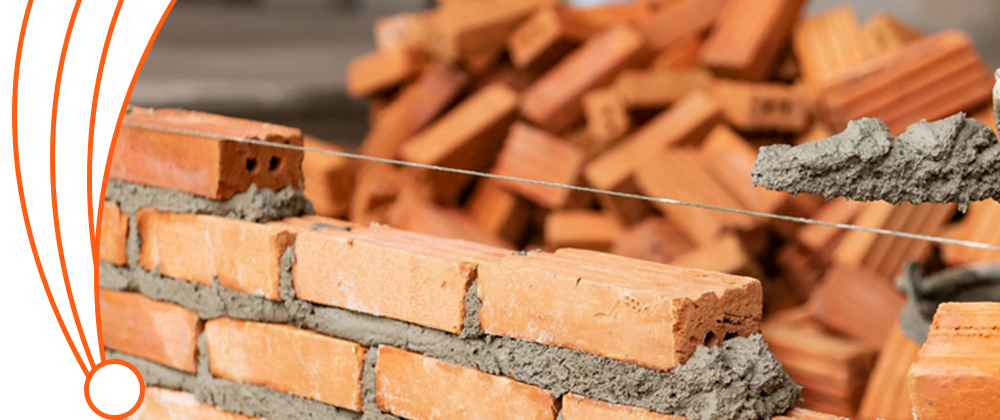
How to Estimate Your Tuck Pointing Project Cost
Estimating the cost of your tuck pointing project accurately is key to ensuring you’re not caught off guard by unexpected expenses. Here’s how you can approach this task step-by-step, keeping in mind both the direct and indirect costs that could affect your budget.
Step 1: Assessment
Start by having a professional assess the condition of your brickwork. This initial evaluation is crucial as it determines the extent of the damage and the scope of the necessary repairs. A thorough assessment helps prevent surprises during the project, ensuring that the quote you receive is as accurate as possible.
Step 2: Obtain Multiple Quotes
Once you have a clear idea of what needs to be done, get quotes from several contractors. This step is not just about finding the lowest price but also about gauging the quality of the services offered. Compare the details in the quotes carefully—what one contractor includes in their base price may be an additional cost with another.
Step 3: Consider Additional Costs
Always factor in potential additional costs. Depending on the location and complexity of the job, you might need scaffolding or other special equipment, which can add significantly to the total cost. Other possible additional expenses include:
- Permit Fees: Depending on your locality, you might need a permit to start tuck pointing work, especially if it’s a historic property.
- Protective Measures: Costs for protective coverings for windows, landscaping, and adjacent areas to prevent damage during the work.
Cost Breakdown Example
Let’s break down the costs for a hypothetical tuck pointing project on a 200 square foot area:
| Cost Item | Cost per Square Foot | Total Cost |
| Labor | $10 | $2,000 |
| Materials | $3 | $600 |
| Miscellaneous | $2 | $400 |
| Total | $15 | $3,000 |
Detailed Explanation:
- Labor: This includes the wages paid to skilled workers who will perform the tuck pointing. Given the precision required, hiring experienced professionals is crucial.
- Materials: This covers all materials like mortar and any special additives required. The cost can vary based on the type of mortar needed to match your existing mortar.
- Miscellaneous: This can include additional tools, minor equipment rentals, or cleanup costs after the project’s completion.
Final Tips
When planning your budget, it’s wise to allocate an additional 10-15% of the total estimated cost for unforeseen expenses. This contingency helps manage any unexpected issues that might arise during the project without stretching your finances.
By following these steps and preparing for extra costs, you’ll be well on your way to a successful tuck pointing project that maintains the integrity and appearance of your brickwork without any financial surprises.
Long-Term Benefits of Tuck Pointing
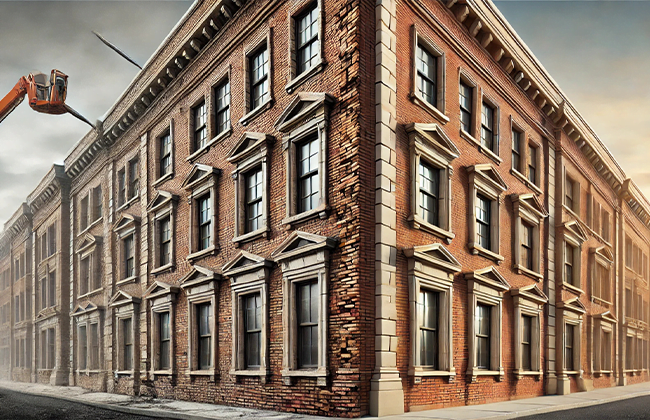
Investing in tuck pointing is a smart choice for any property owner with brick structures. Not only does it visibly improve the appearance of your building, but it also offers several long-term benefits that can save you a lot of trouble and expense down the road. Let’s take a closer look at why tuck pointing is so beneficial.
1. Enhances Structural Integrity
First off, tuck pointing significantly strengthens the structural integrity of your masonry. By filling in eroded and cracked mortar joints, it helps stabilize the bricks, preventing them from moving and causing further damage. This reinforcement ensures that your building can withstand the elements and the test of time much better.
2. Prevents Water Damage
One of the most critical benefits of tuck pointing is its ability to prevent water from entering the brickwork. Water infiltration can lead to severe issues like mold, interior water damage, and frost damage during colder months when water freezes and expands within the bricks and mortar. By sealing the mortar joints properly, tuck pointing acts as a barrier against moisture, thus protecting your property from these potential hazards.
3. Increases Property Value
A well-maintained brick building has a significantly higher market value. Tuck pointing improves the overall aesthetics of your property, making it more appealing to potential buyers or renters. It’s a clear indicator to prospective property evaluators that you’re attentive to building maintenance, which can positively influence their assessments.
4. Reduces Repair Costs
While tuck pointing might seem like an expense now, it’s actually a cost-saving measure in the long run. Addressing mortar deterioration early on prevents more extensive and expensive repairs in the future. By maintaining the masonry regularly, you avoid the need for complete rebuilds of walls or, worse, structural rehabilitations that can cost tens of thousands of dollars.
5. Energy Efficiency
Lastly, tuck pointing can improve the energy efficiency of your building. Gaps in mortar can lead to air leaks, which make it harder to maintain indoor temperatures, requiring more from your heating and cooling systems. A well-sealed brick wall helps keep the indoor climate controlled and reduces your energy bills.
Conclusion:
In summary, the tuck pointing brick cost is a worthwhile investment for maintaining the durability and aesthetics of your property. If you’re searching for a professional contractor to handle your tuck pointing brick repair, don’t hesitate to reach out. You can contact us at (+1) 917-355-8556 for expert service tailored to your needs. Ensuring your brickwork is in top condition is our priority.
FAQs:
Q: What factors influence tuck pointing brick cost?
A: Tuck pointing brick cost varies based on the area size, the condition of the masonry, accessibility of the project site, and regional labor rates. Understanding these factors can help you better plan for the expenses involved.
Q: How often should I invest in tuck pointing brick repair?
A: It’s advisable to consider tuck pointing brick repair every 25-30 years, depending on environmental conditions and the initial construction quality. Regular assessments can help determine the need more accurately.
Q: Can tuck pointing brick repair increase my home’s value?
A: Yes, tuck pointing brick repair can significantly enhance your home’s resale value. It improves the building’s aesthetic appeal and structural integrity, making it more attractive to potential buyers.
Q: What are the signs that I need tuck pointing brick repair?
A: Key signs include deteriorating mortar, visible cracks, and loose bricks. These symptoms suggest that tuck pointing brick repair is necessary to preserve the structure and prevent further damage.
Q: Does the tuck pointing brick cost vary by region?
A: Absolutely, tuck pointing brick cost can differ significantly from one region to another, influenced by local labor rates and material costs. Always get local quotes to ensure accurate budgeting.




